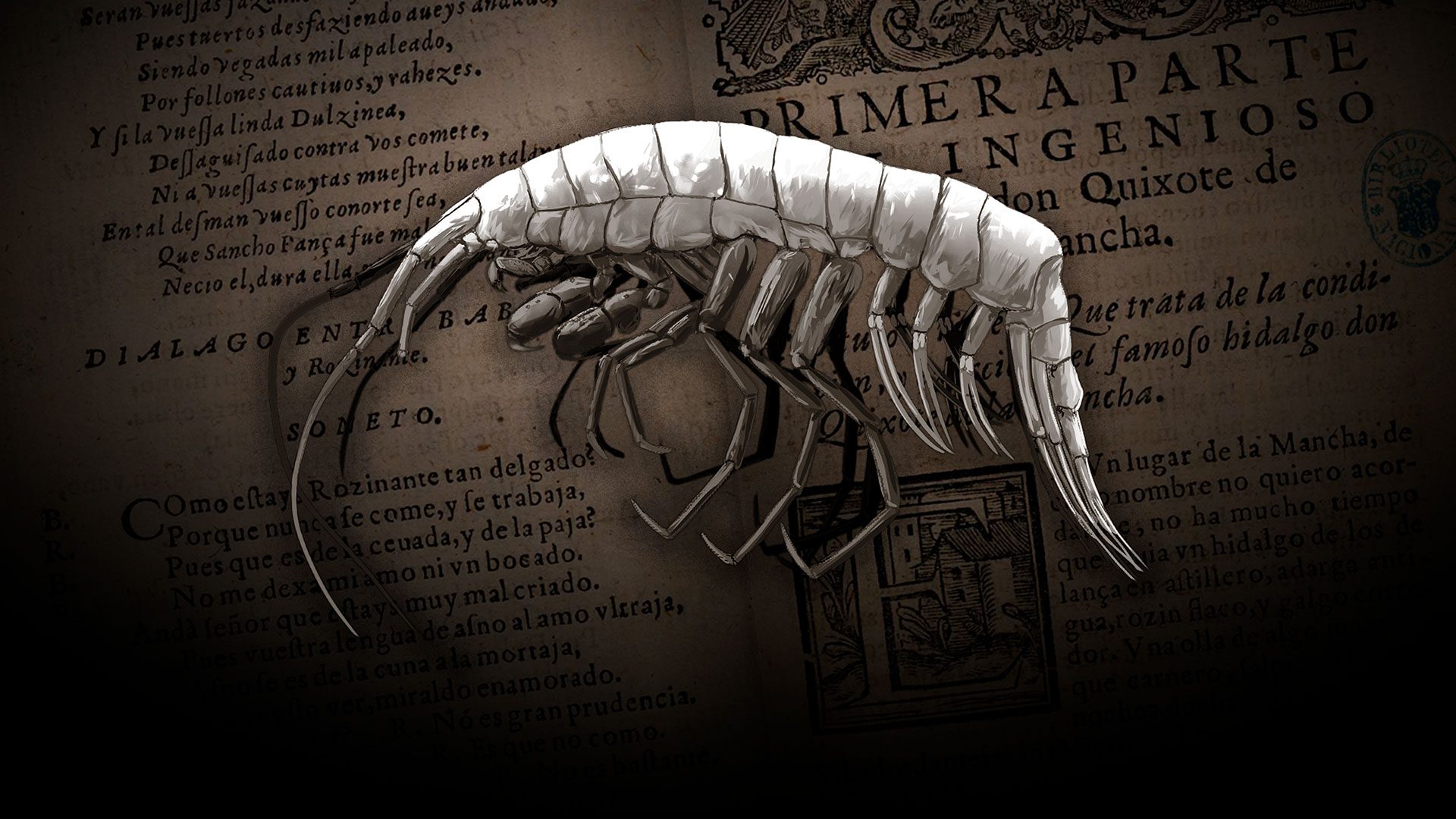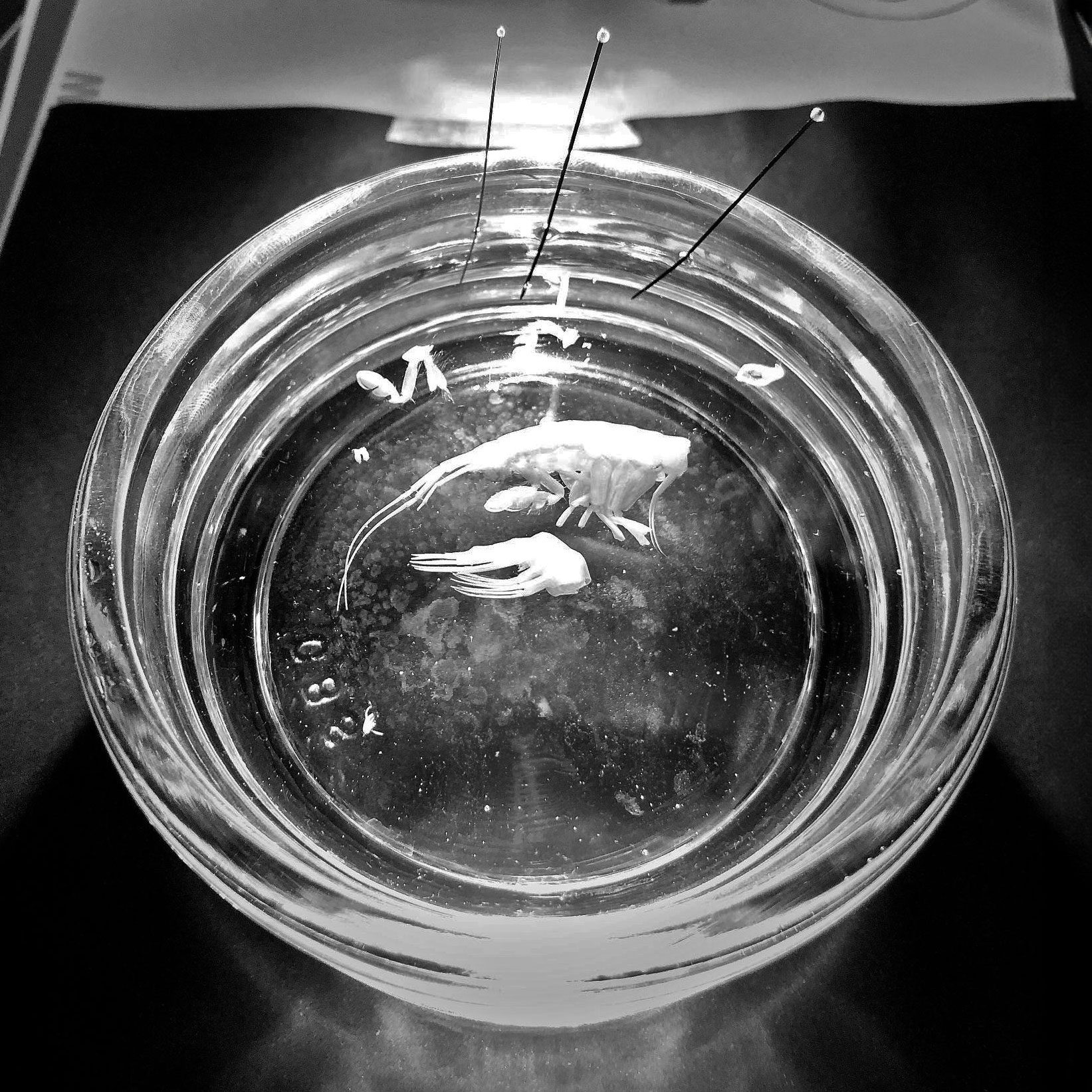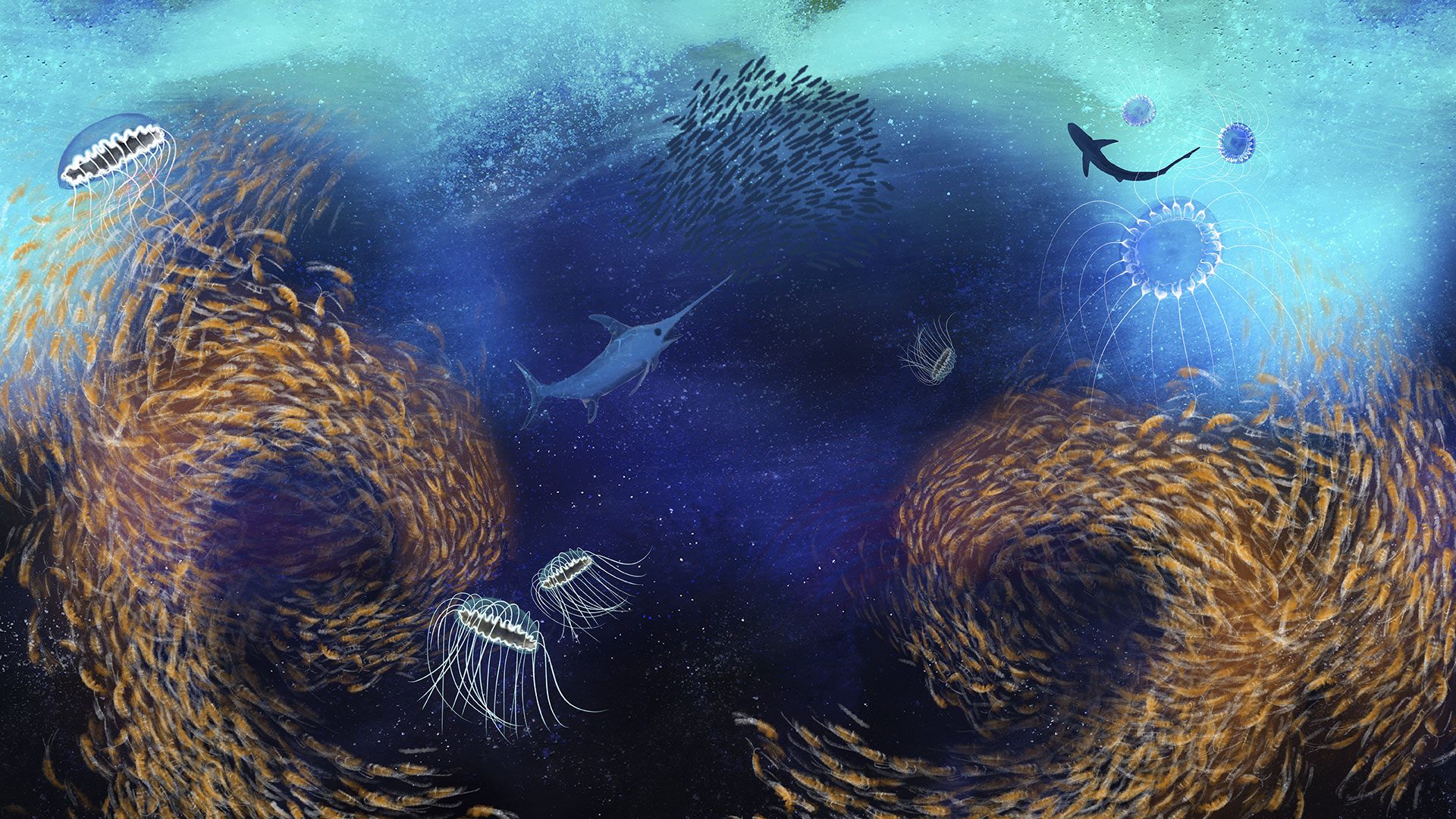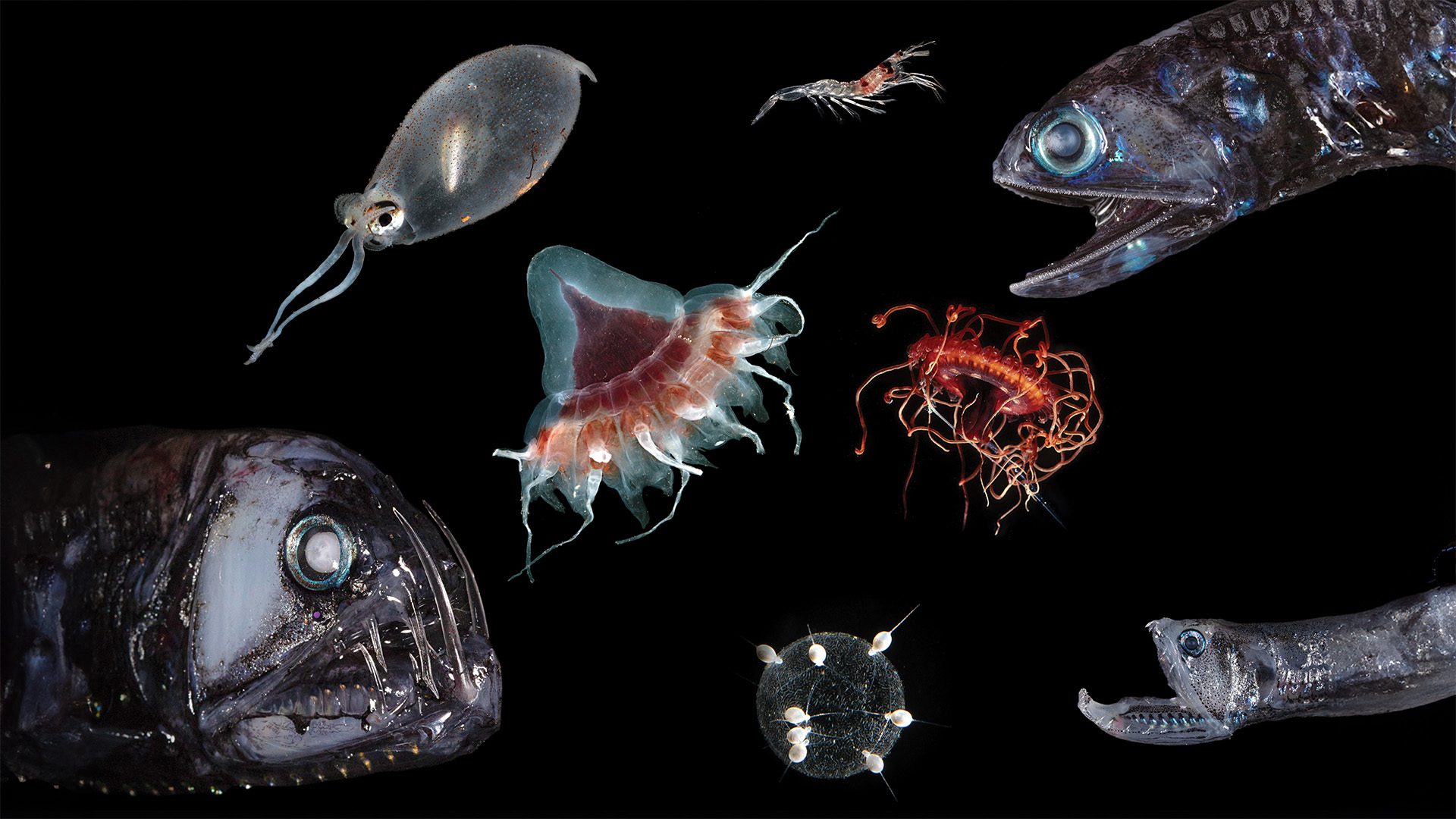
Deep-sea amphipod name inspired by literary masterpiece
Name pays tribute to Cervantes’ Don Quixote and reinforces themes of sweetness and beauty
Estimated reading time: 5 minutes
When it comes to naming newly discovered species, it’s not unheard of for scientists to draw from the world of fiction in their taxonomic descriptions. There are plenty of examples out there. Like the never-before-seen genus of shrimp found in Southeast Asia in 1997, whose bold-striped patterns earned it the name Potamalpheops tigger after the Whinnie-the-Pooh character Tigger. Or the deep-sea worms Abyssarya acus and Hodor hodor named in 2018 by scientist Paulo Bonifácio after Ayra Stark and Hodor, two beloved characters from George R. R. Martin’s fantasy novel, Game of Thrones.
So, when I heard that WHOI hadal biologist Johanna Weston had helped name a new deep-sea amphipod in tribute to a character in Cervantes' famous novel Don Quixote de la Mancha, I had to know more.
Weston, along with colleagues from the Millennium Institute of Oceanography at the Universidad de Concepción in Chile, discovered the new amphipod from the deep depths of Chile’s Atacama Trench in October 2023 on the R/V Abate Molina and named it Dulcinea camanchaca. Dulcinea, a female character in the book, was the imagined and unrequited love of Don Quixote and, according to the published etymology, “the source of all inspiration for love, bravery, and faith.”

WHOI hadal biologist Johanna Weston. (Photo by Daniel Hentz, ©Woods Hole Oceanographic Institution)
“We had been initially thinking of naming the amphipod after a different character in the novel — a male character named Fernando — but the holotype, or the individual that holds the name, is female, which you can tell by the presence of brood pouches next to the gills on the underside of the body,” Weston said.
With that in mind, the team spent time reflecting on the novel, looking for a suitable name. One choice stood out: Dulcinea del Toboso, Don Quixote’s imagined lover in the story. “Her character highlights femininity, love, and beauty, so we thought that aspect was really great,” said Weston.
Fitting, too. Dulcinea (the character) is technically unseen in the story, as was Dulcinea (the amphipod), who was found nearly 6 miles (9.6 kilometers) below the ocean’s surface in a trench where no sunlight exists.
But why name a marine animal after a Don Quixote character in the first place? Were Weston and her colleagues superfans of the author Miguel de Cervantes? Or was it that they had not yet read Game of Thrones?
It turns out there’s a small but growing tradition of naming this family of marine life after Don Quixote characters. It began 150 years ago, when HMS Challenger Expedition completed the first global study of the deep and discovered, from the samples collected, an amphipod genus with a morphology similar to Dulcinea. This amphipod was named Cleonardo after one of the characters in the story. More than a century later, in 2019, scientists named a second sister genus in the Eusiridae family Dorotea after Cleonardo’s daughter.
“When we started the genus naming process, it seemed fitting to keep building on that tradition,” said Weston. “However, we ran into a small wrinkle with the name Dulcinea—it was already used by a beetle!”
So, Weston and her team pivoted to the name Dulcibella, which appears in medieval English poetry and literature as an archetypal name for a sweetheart, or idealized woman.

Dulcibella camanchaca, shown here in the lab, was collected in the Atacama Trench at a depth of 7,900 meters (25,918 feet). (Photo by Johanna Weston, ©Woods Hole Oceanographic Institution)
“Dulcibella reinforces themes of sweetness and beauty, tributes Don Quixote, and fits with the rules,” Weston said.
The second part of the name — camanchaca — was a more deliberate nod to the discovery location. It’s the word in the language of the Andean peoples for the thick blankets of fog that hover across the coastlines and darkness. For this amphipod, camanchaca signifies the deep, dark ocean which its species predates.
As someone who routinely discovers new marine life in the deep, Weston has done her share of naming and describing new species – including Eurythenes plasticus to highlight the ubiquity of plastic pollution and Civifractura serendipia as a tribute to the serendipitous nature of discovery. Naming, she said, is truly one of the fun parts of her job and has led to a better appreciation of what her parents may have gone through in trying to name her.
Fun aside, naming and formally describing a new species — a process known as taxonomy — is critically important, according to Ed Hendrycks, a research associate and taxonomist with the Canadian Museum of Nature in Ottawa.
“Taxonomy places a new species on the scientific map and is really the foundation of everything,” said Hendrycks, who has described more than 100 amphipod species during his career. “Without a name and a formal description, you really can’t say a whole lot about a particular species or delineate one from another.”
Dulcibella camanchaca was collected at a depth of 7,900 meters (25,918 feet) in a nearly 9-foot skyscraper-shaped lander vehicle with eight glass spheres for buoyancy and a balancing arm that holds crab-like traps baited with chicken. Weston didn’t tell me if the bait was from Chick-fil-A or possibly Whole Foods, but it managed to attract some scavenging amphipods down in the trench, which Dulcibella devoured before getting herself trapped.
When the vehicle rose to the surface the next day, co-lead author Carolina González from the Chilean team was on hand to preserve the specimens. But first she snapped a quick picture and sent it to Weston, who eyed it and knew right away that this was a new discovery. “I’ve seen a lot of amphipods in traps from there and this one wasn’t familiar,” Weston said.
Dulcibella camanchaca is the third species Weston has described from the Atacama Trench since she began studying it in 2018. This amphipod has the distinction of being the first non-scavenging species in this ultra-isolated part of the ocean’s hadal zone.
“Discovering new species is thrilling and placing it on the tree of life is a big responsibility that takes time, care and detailed attention,” Weston said. “Our deep ocean planet is home to many undiscovered and unnamed species. Each species has a unique story that helps us better understand how life thrives on our planet. Who knows, the next species might help us unlock a cure for a disease or, with climate change, [make this] the last and only time we encounter it.”




